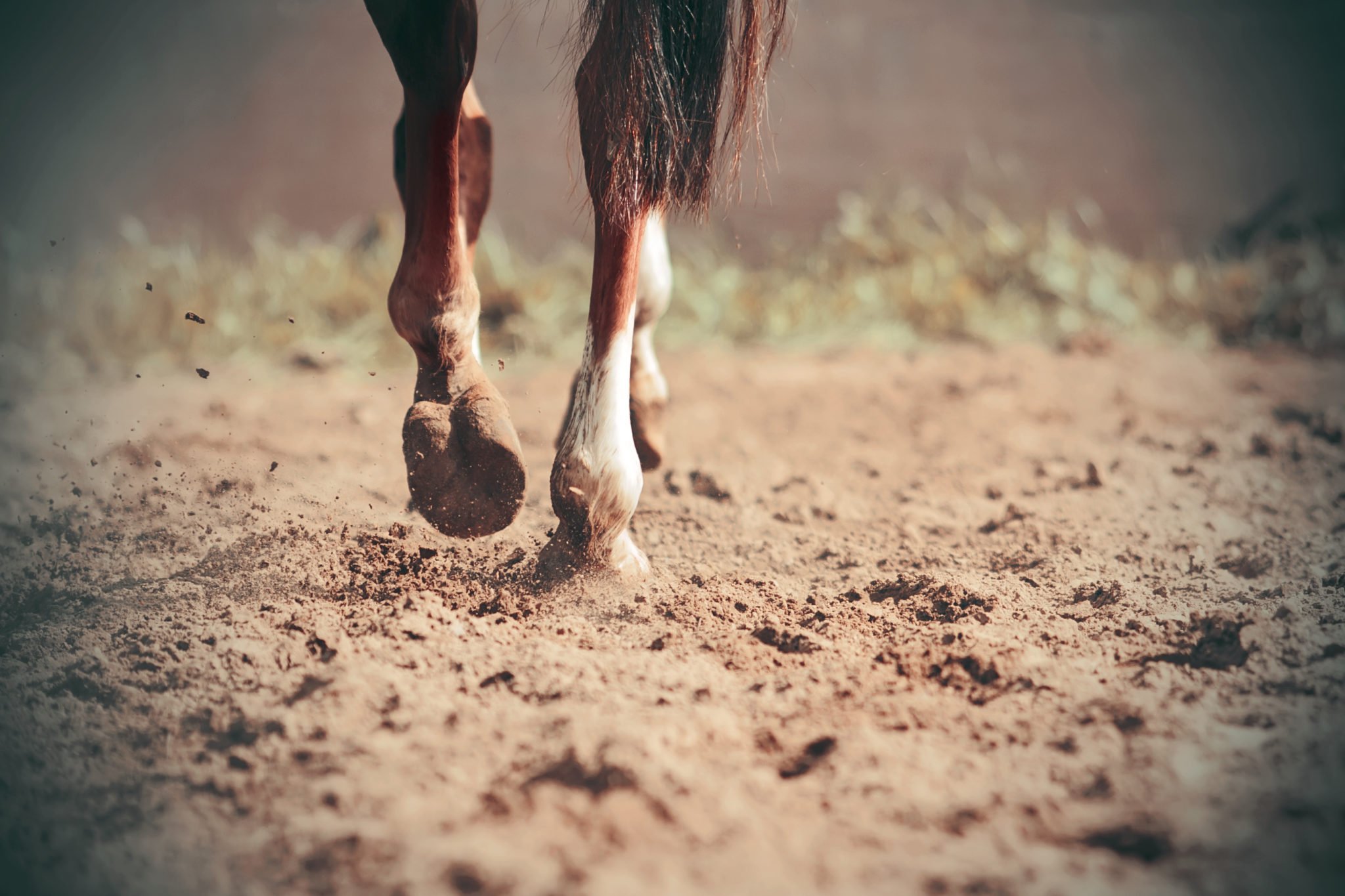Q: My instructor says that my horse has cow hocks. Should I be concerned? Will this affect his sale-ability in the future?
Asked anonymously
[A] Cow hocks are deviations of the hock when the hocks are viewed from behind. In the case of cow hocks, the hocks are set closer together than the fetlocks. If extreme, this conformational fault can cause strain on the insides of the hock and the stifles, and predisposition to bone spavin.
However, the importance of cow hocks varies according to the horse’s use and breed. Cow hocks are common in draught horses. In dressage horses, cow hocks can actually allow a longer stride, which ultimately may result in over-reaching. A toed-out stance usually accompanies cow hocks.
Whether or not this conformation will affect the sale-ability of your horse depends on several factors. Firstly, if your horse is only mildly cow-hocked, the chances are that this is of little functional importance. However, if the cow hocks are pronounced, vets may discourage future buyers from looking at the horse due to the predisposition to strain and bone spavin mentioned above. Secondly, if the horse is desired for showing, then cow hocks are likely to be a big issue, as this will be heavily marked down as a conformational fault. However, if the horse is to be used for other purposes, it is unlikely that cow hocks (unless extreme) will be a cause for concern.
If your horse is severely cow-hocked it may be worth seeking the opinion of your vet regarding the benefits of physiotherapy, joint maintenance or other preventative therapies. However, if this defect is only mild, it is unlikely to be a big issue and training can proceed as normal.

